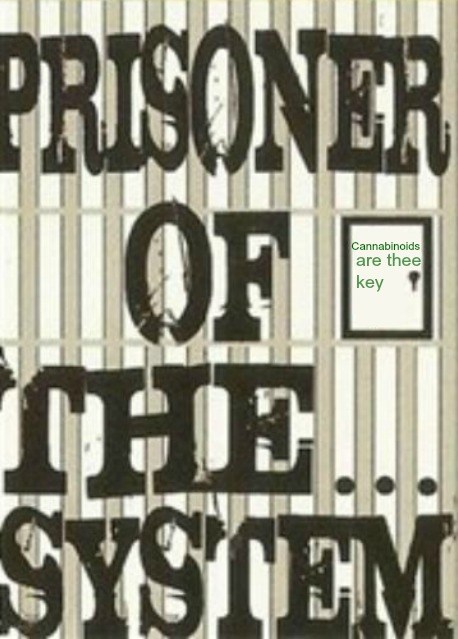11-Nor-9-carboxy-∆9-tetrahydrocannabinol quantification in human oral fluid by liquid chromatography-tandem mass spectrometry.
Source
Chemistry and Drug Metabolism, Intramural Research Program, National Institute on Drug Abuse, National Institutes of Health, Biomedical Research Center, 251 Bayview Boulevard Suite 200 Room 05A-721, Baltimore, MD, 21224, USA.
Abstract
Currently, ∆9-tetrahydrocannabinol (THC) is the analyte quantified for oral fluid cannabinoid monitoring. The potential for false-positive oral fluid cannabinoid results from passive exposure to THC-laden cannabis smoke raises concerns for this promising new monitoring technology. Oral fluid 11-nor-9-carboxy-∆9-tetrahydrocannabinol (THCCOOH) is proposed as a marker of cannabis intake since it is not present in cannabis smoke and was not measureable in oral fluid collected from subjects passively exposed to cannabis. THCCOOH concentrations are in the picogram per milliliter range in oral fluid and pose considerable analytical challenges. A liquid chromatography-tandem mass spectrometry (LCMSMS) method was developed and validated for quantifying THCCOOH in 1 mL Quantisal-collected oral fluid. After solid phase extraction, chromatography was performed on a Kinetex C18 column with a gradient of 0.01 % acetic acid in water and 0.01 % acetic acid in methanol with a 0.5-mL/min flow rate. THCCOOH was monitored in negative mode electrospray ionization and multiple reaction monitoring mass spectrometry. The THCCOOH linear range was 12-1,020 pg/mL (R 2 > 0.995). Mean extraction efficiencies and matrix effects evaluated at low and high quality control (QC) concentrations were 40.8-65.1 and -2.4-11.5 %, respectively (n = 10). Analytical recoveries (bias) and total imprecision at low, mid, and high QCs were 85.0-113.3 and 6.6-8.4 % coefficient of variation, respectively (n = 20). This is the first oral fluid THCCOOH LCMSMS triple quadrupole method not requiring derivatization to achieve a <15 pg/mL limit of quantification. The assay is applicable for the workplace, driving under the influence of drugs, drug treatment, and pain management testing.


